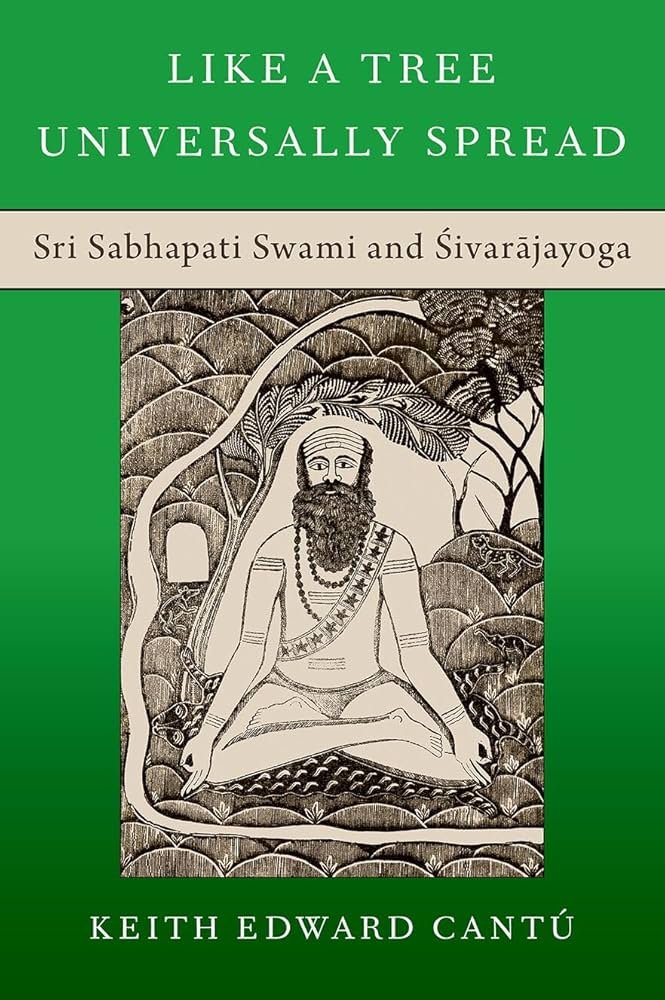
About the Project:
The artistic record of South Asia is full of depictions of yoga and yogins. Most of these survive in drawings, paintings, carvings, and sculptures, and entire art gallery and museum exhibitions have been devoted to the history and style of these yogic depictions—although precious little attention to date has been given to their presence as numbered diagrams in early modern printed publications. This site remedies this by cataloging (and translating where applicable) dozens of visual diagrams of yoga that were published by the so-called “Madras Yogi” Sri Sabhapati Swami (ca. 1828-1923/4) and his students between 1880 and 1913. A few of these diagrams were also important to an emerging discourse on the “astral” body in global esoteric milieus, including in the Theosophical literature of Henry Olcott (1832–1907) and Franz Hartmann (1838–1912) and in the Thelemic “Magick” of Aleister Crowley (1875–1947).
For more information about Sri Sabhapati Swami, see Keith Edward Cantú’s book
Like a Tree Universally Spread: Sri Sabhapati Swami and Śivarājayoga
(Oxford University Press, 2023).
Sri Sabhapati Swami's diagrams are one of the most important visual records of early modern yoga, and were published over the course of three decades and in at least seven different languages: Tamil, Sanskrit, Hindi, Telugu, Bengali, English, and German. The book includes over sixty restored and translated number diagrams and portraits on a wide variety of topics, including the body as a Hindu temple, meditation halls, royal yoga and the chakras, gods and goddesses, snakes and ladders diagrams on reincarnation, portraits of the swami, and Agastya's mountain hermitage in southern India. The diagrams and their descriptions are an enduring record of how yoga was perceived and practiced in the late nineteenth and early twentieth centuries, not only by Hindu yoga practitioners in South Asia but also among global audiences in Europe and North America who helped spread knowledge of Sabhapati's works and diagrams outside of Asia. Each diagram on this site is also accompanied by detailed descriptions and translations where applicable of the instructions from Sabhapati's various primary sources in multiple languages.
For more information on the contemporary veneration of Sri Sabhapati Swami at his meditation hall in Villivakkam, Tamil Nadu, see this interview with Vinayagam Swamigal on Om-gnosis: The Occult South Asia Podcast.




